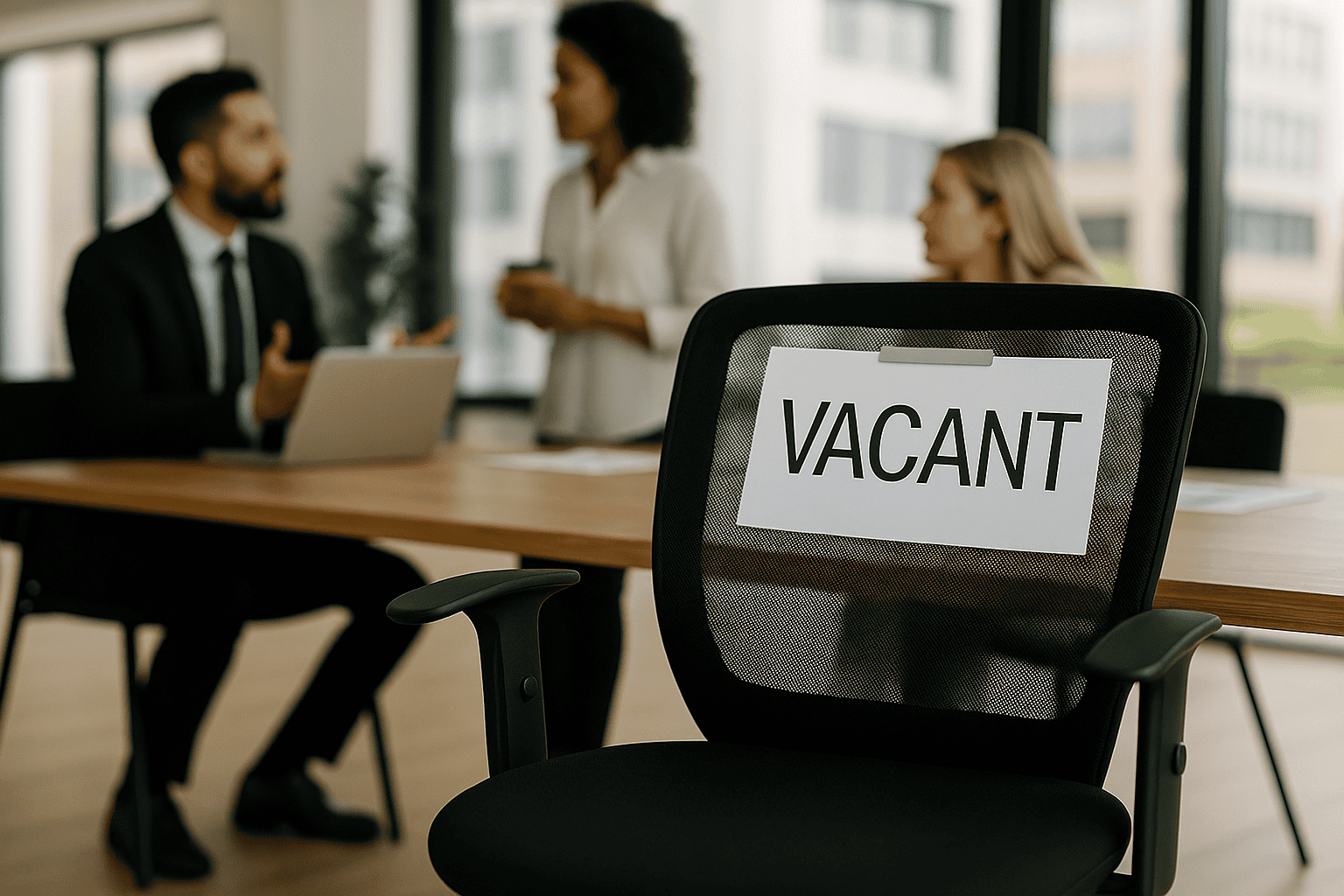


Reflecting On My Investment Mistakes
“No, you never get any fun out of the things you haven’t done.” — Ogden Nash
When I contemplate my mistakes and regrets over the course of my venture investing career, my first thought, of course, is when I’ve lost money. While the net result is more than fine so long as you end up making a lot more than you lose, those situations still do hurt, and offer much to learn from.
However, there are different flavors of investment mistakes. Perhaps counterintuitively, one set of circumstances I have few regrets about is the initial investment checks I’ve championed. At NextView, as a seed stage investor, we make approximately thirty core investments in each fund, and by the venture power law, only a handful generate overall fund level-returns. Our quest is to find outliers in early-stage VC, not to improve the median outcome.
My partners and I are backing extremely capable founders going after ideas we believe have tremendous promise, despite their risks. Every time I’ve decided to fund such a founder, basing my decision on the facts available at the time, I’ve held conviction that they could produce tremendous results. Because I hold this conviction upon writing the check, even if risks (identified or not) overwhelmingly inhibit success in the long run, and the failure may be mentally painful, these initial check mistakes aren’t typically terribly costly relatively speaking.
Unlike those companies I believed in originally that ultimately failed but did so quickly, my truly regrettable investment mistakes are twofold: first, the companies we didn’t invest in but had the real opportunity to, and second, putting good money after bad in existing portfolio companies where we were already investors.
By now, it’s cliché for VCs to share their “anti-portfolio.” As storied firms pioneered the practice of sharing their missed opportunities, it’s become common practice for social-media prolific VCs to pronounce near-misses on Twitter whenever a company exits. While I personally don’t keep a scorecard of companies we passed on, I can think of a handful where I so vividly recall the company, founder, and the (missed) opportunity that I still feel a bruise.
I’ve tried to reflect on what we overlooked. Sometimes, I just didn’t see the opportunity from the outset. In other instances, we did spot the opportunity, but still passed. Usually, our pass was because we misunderstood the TAM, or better said, how the TAM could expand or be completely redefined if the company came into existence. Occasionally, we passed because we faced challenges accepting the valuation price. It’s easy to say that valuation shouldn’t matter for the exceptional opportunities, but much harder to prospectively identify those exceptional opportunities. After all, by definition, an entire portfolio cannot be exceptional!
The second set of mistakes I’ve made is further investing additional capital in a company after an initial investment, despite evidence that the business wasn’t working or the fact-set had changed. I feel acute negative regret reflecting on these investments, despite the aforementioned errors likely costing our firm more in absolute terms.
There were times that I began losing conviction in a company’s ability to develop into a truly transformative business the more I learned about the product and addressable market — but let follow-on financings happen anyway. Hope springs eternal, and it’s human nature (especially when those humans are optimistic VCs!) to assume the situation can improve or change. Even more regrettably, in one or two cases I began to realize that my confidence in the founder to fulfill the promise was misplaced. I should have listened to those doubts, but could easily cite other counter-examples where challenged founders ultimately redeemed themselves. Regardless, these human-centric decisions are the ones that sting the most… and where I’ve grown the most, too.
Yes, experience is the teacher of all things. It’s been said that it takes seven years and $30 million to train a venture capitalist. For me, luckily, it didn’t cost nearly that much, but it likely took longer. Plus, I’m still learning and aim to continue to do so. However, I’ve certainly and painfully learned the good-money-after bad lesson all too well so that that mistake will be minimized going forward, and I continually strive not to miss out on those opportunities underneath my nose which perhaps initially I only partially recognize. And when I do make an initial new investment mistake along the way, it’s more than OK, as I’ve seen the upside of when things do go tremendously right. That experience of outsized winners is a teacher, too… and perhaps the strongest venture capital teacher of all.





